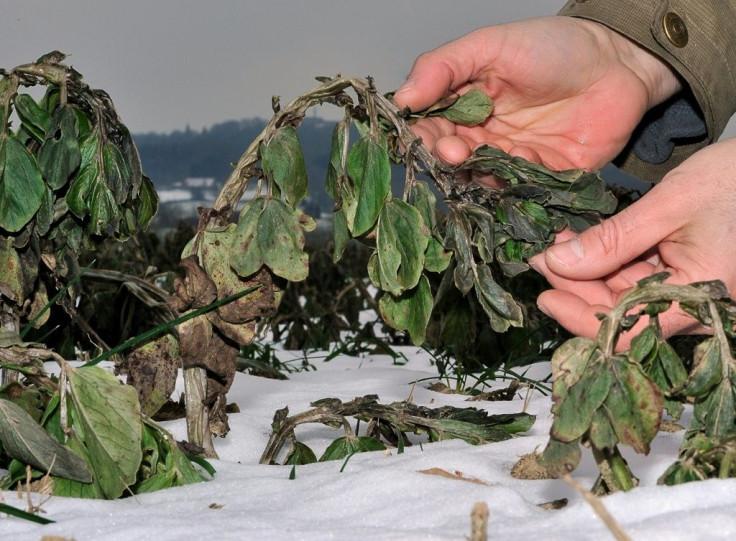Scientists Hunt Wild Relatives Of Food Crops To Bolster Defences

Scientists have been on a global search for the wild relatives of our food crops, hoping to bolster their defences against disease and climate change, a study showed Tuesday.
Humans have domesticated wild plants for some 10,000 years to provide food but in doing so they have bred out many of their natural defences, leaving them -- and us -- potentially exposed.
"We live in an interdependent world. No single country or region harbors all of the diversity that we need," said Chris Cockel, coordinator of the Crop Wild Relatives project at the Kew Gardens Millennium Seed Bank.
"A wild relative of one of these crops, in the Americas, Africa or Asia, cold be the source of say, pest resistance, which can benefit all of us in the future," Cockel said in the report.
The high yields sought by humans have come at the cost of less genetic diversity which typically makes plants more susceptible to pests, diseases and the sort of extreme climatic conditions brought about by global warming and development.
By going back to the original source plants of some 28 foods -- for example, of rice, potatos, oats, groundnuts -- researchers collected as wide a variety of seeds as possible in 25 countries to fill in the gaps in existing gene banks.
"We are looking to capture as much diversity as possible... populations separated by even a few kilometres (miles) may be genetically quite different," said Luigi Guarino, Director of Science with the Crop Trust, a non-profit organisation dedicated to promoting crop diversity.
The MSB at Kew Gardens, home to the Royal Botanic Society, has so far distributed nearly 3,300 samples of 165 species as a result of the project.
"Many countries have now realised how important crop wild relatives are -- and what an invaluable source they are for breeders," Cockel said.
The most well known seed storage project is the Svalbard Global Seed Vault where nearly a million samples are now stored deep within the ice some 1,300 kilometres (800 miles) from the North Pole.
It aims to house a collection of as many seeds as possible as an insurance against the loss of other seed banks around the world.
© Copyright AFP 2024. All rights reserved.





















